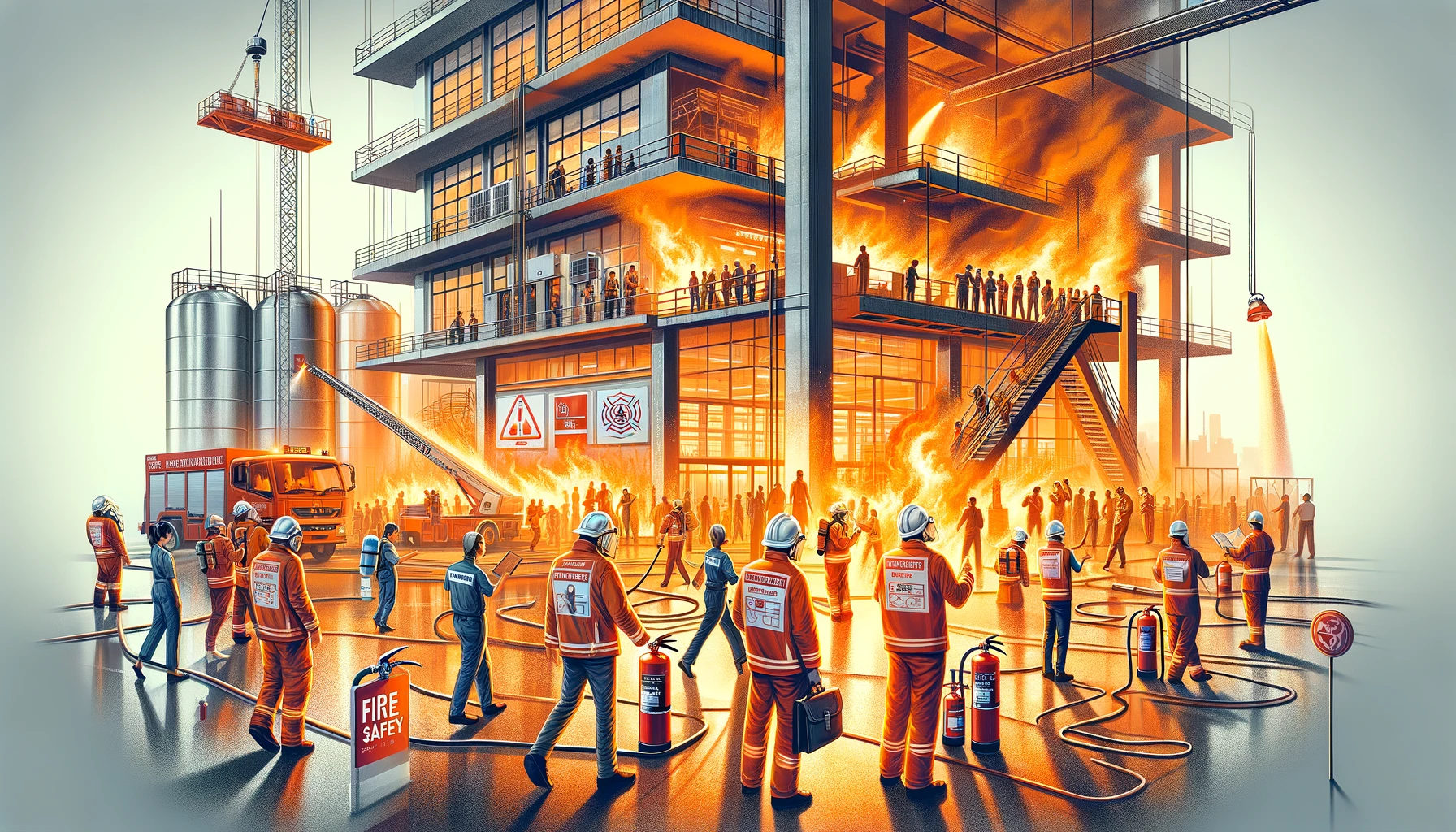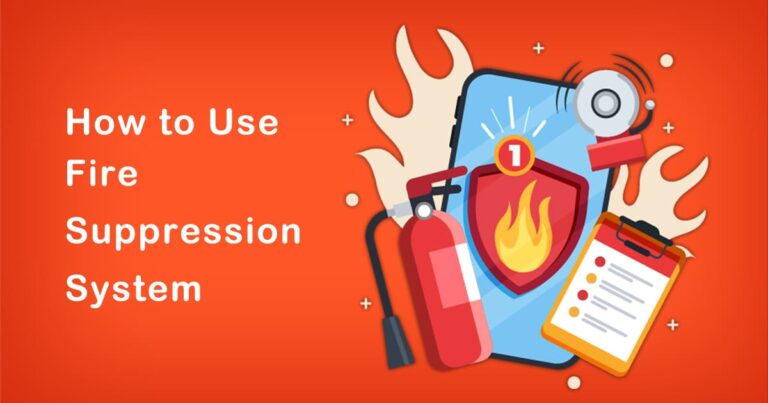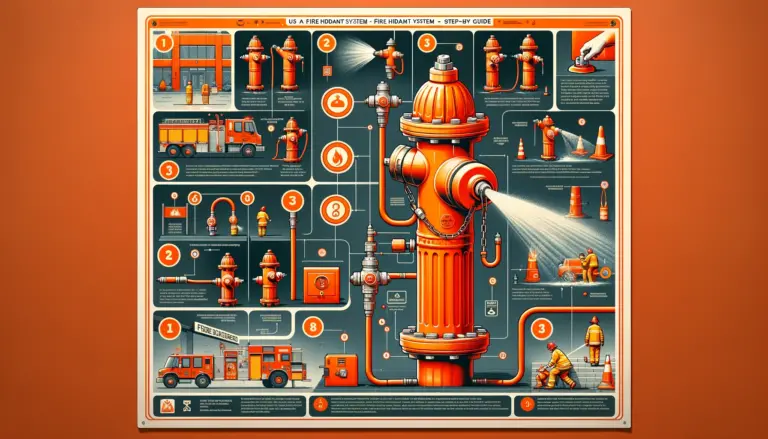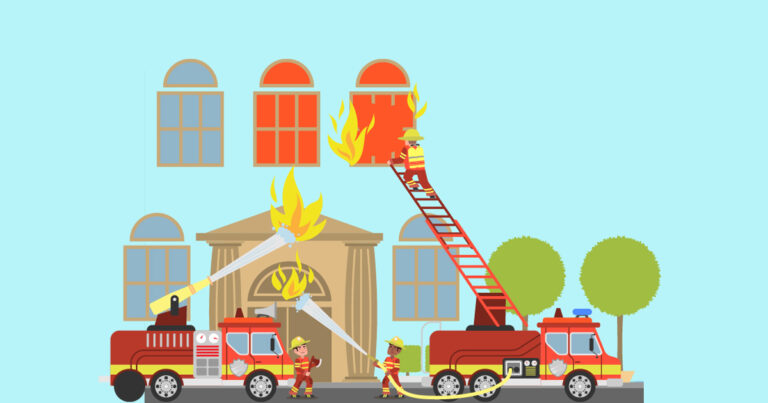Introduction
Fire is one of the most devastating hazards that can occur in any building or facility, causing immense damage to property and posing a serious threat to human life. In India, fire accidents are all too common, and the country has a high rate of fire-related deaths and injuries. In this blog, we will discuss some of the best practices for fire safety management in India, along with some research and facts to support our recommendations.
The State of Fire Safety in India
According to the National Crime Records Bureau (NCRB), there were 49,455 fire accidents reported in India in 2019, resulting in 17,700 injuries and 17,700 deaths. This represents an increase from 2018, where there were 48,531 fire accidents reported, resulting in 15,966 injuries and 17,700 deaths. The majority of these accidents occur in residential buildings, followed by commercial and industrial buildings.
Research has shown that a lack of awareness, inadequate fire safety equipment, and poor maintenance are the main contributing factors to fire accidents in India. In many cases, buildings do not have proper fire exits or sprinkler systems, and fire extinguishers are either missing or not in working condition. Additionally, many people are not aware of basic fire safety practices, such as how to use a fire extinguisher or how to evacuate a building during a fire.
Best Practices for Fire Safety Management in India
To reduce the risk of fire accidents and minimize their impact, it is important to follow best practices for fire safety management in India. Here are some recommendations:
1. Conduct Regular Fire Safety Audits
A fire safety audit is an inspection of a building or facility to assess its level of fire safety and identify areas that need improvement. Regular fire safety audits are essential to ensure that buildings are up to code and that fire safety equipment is functioning properly. Audits should be conducted by a qualified fire safety professional and should be done at least once a year.
2. Install and Maintain Fire Safety Equipment
Fire safety equipment, such as fire extinguishers, smoke detectors, and sprinkler systems, can be life-saving in the event of a fire. All buildings should have these systems installed and they should be properly maintained and tested on a regular basis. It is important to ensure that fire extinguishers are easily accessible and that people know how to use them.
3. Train Staff and Building Occupants in Fire Safety Practices
Building occupants should be trained in basic fire safety practices, such as how to evacuate a building in case of a fire, how to use a fire extinguisher, and how to call for help. Staff should also be trained to respond quickly and effectively in case of a fire emergency.
4. Implement Fire Safety Protocols
Every building should have a fire safety protocol in place, which outlines the steps to be taken in case of a fire. The protocol should include procedures for evacuation, calling for help, and using fire safety equipment. The protocol should be regularly reviewed and updated as necessary.
5. Ensure Compliance with Local Fire Safety Regulations
Building owners and managers should be aware of local fire safety regulations and ensure that their buildings are in compliance. Non-compliance can result in fines, legal action, and even closure of the building.
Conclusion
Fire safety is a critical issue in India, and it is important to take steps to prevent fire accidents and minimize their impact. Regular fire safety audits, proper installation and maintenance of fire safety equipment, staff and occupant training, implementation of fire safety protocols, and compliance with local fire safety regulations are all essential best practices for fire safety management in India. By following these practices, we can reduce the risk of fire accidents and protect lives and property.








